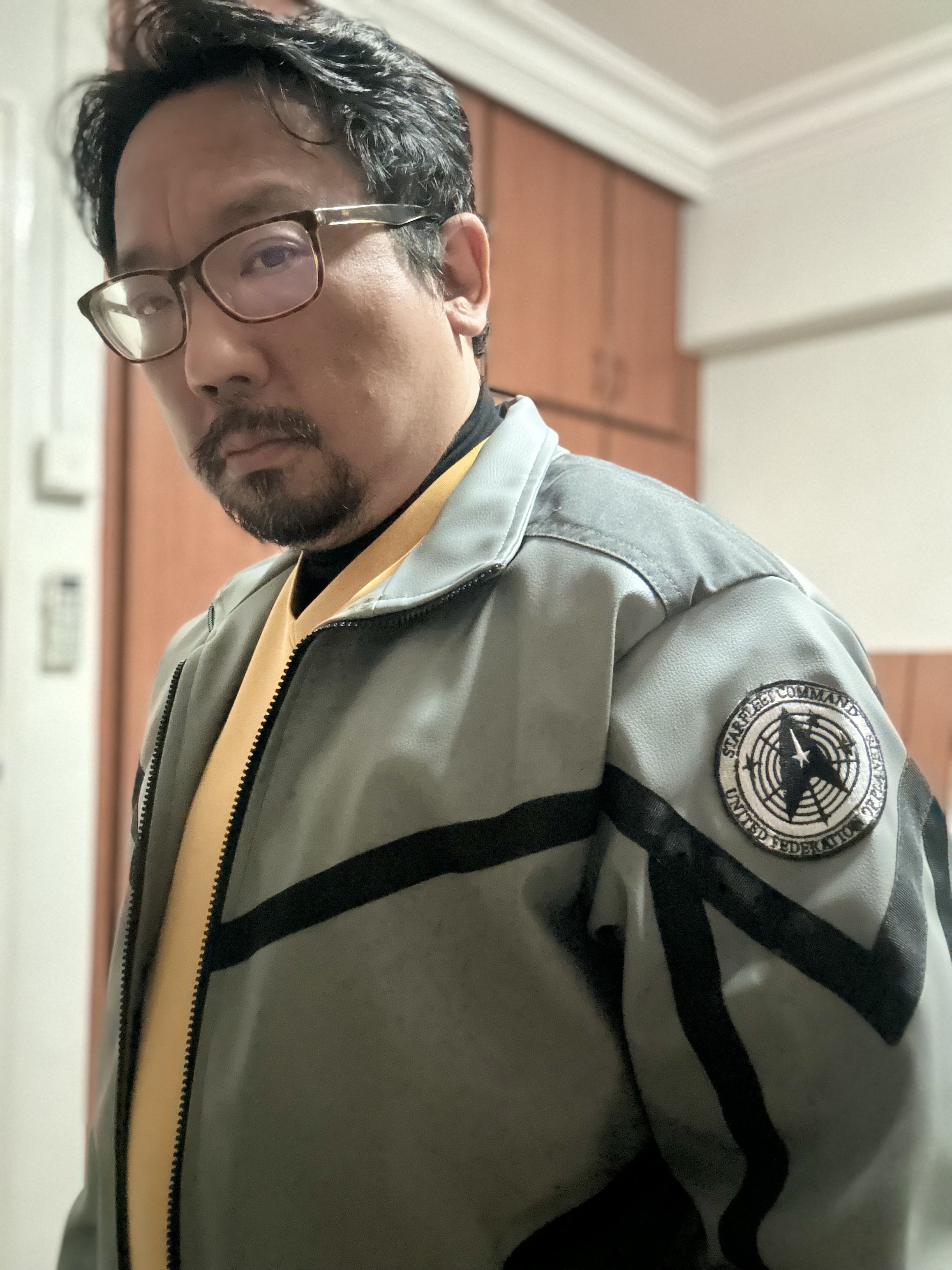The title refers to points of gravitational equilibrium in space between two gravitationally massive objects, named Lagrange points after Italian scientist Joseph-Louis Lagrange (1736-1813). Five Lagrange points can be defined for two bodies. Lagrange points are well known in science fiction as locations where orbital colonies like O’Neill cylinders can be anchored with minimal need for thrusters to keep them from drifting.
Tahal was the Breen Primarch that made Kellerun into a forward base in the past, as stated by Rayner in DIS: “Erigah”.
Discovery has a cloaking device, fitted when it was installed with 32nd Century technology (DIS: “That Hope is You, Part 2”). As per last week’s annotations, the 24th Century prohibition against the Federation using cloaking technology due to the Treaty of Algeron no longer appears to apply.
Primordial black holes are black holes that are believed to have formed very soon after the Big Bang. In Season 4, it was hypothesized that the Dark Matter Anomaly might have been a primordial wormhole, but this turned out to be incorrect (DIS: “Anomaly”).
From the viewscreen, the Progenitor technology is anchored at Lagrange Point 1, or L1, between the two bodies where their gravitational forces and centrifugal force balance out.
Duranium alloys are commonly used in starship and starbase hulls across the galaxy. According to the Deep Space Nine Technical Manual, duranium occurs naturally in planetary crusts.
The EDF refers to the Earth Defence Force, which was the primary military arm of Earth prior to them rejoining the Federation (DIS: “People of Earth”). Despite being host to a Trill symbiont, Adira is human and was a member of the EDF at the time they took on the symbiont.
An unshielded exhaust port is, of course, the critical vulnerability of the first Death Star from Star Wars. As stated in DIS: “Labyrinths”, Breen code is in base-20, or duodeca.
Kira and Dukat also took advantage of Breen full-body suits, using them as a disguise in DS9: “Indiscretion” when they infiltrated a Breen labor camp.
The use of a transporter pattern buffer to preserve bodies was first seen in TNG: “Relics”, and subsequently used in DS9: “Our Man Bashir” and VOY: “Counterpoint”. We’ve also seen it used for medical reasons in SNW Season 1 (M’Benga’s daughter and during the Klingon War in SNW: “Under the Cloak of War”) and in DIS: “Stormy Weather”. As a security precaution, enemies can also be held in mid-transport as seen in TOS: “Day of the Dove”.
Primarch Ruhn also called the Federation “spineless, insignificant achworms” in DIS: “Erigah”.
The Pathway drive is a prototype stardrive which little has been revealed. The prototype was installed on the Voyager-J for testing (DIS: “Kobayashi Maru”) the previous year. This is the first time that it’s been stated that the Mitchell also has one, perhaps indicating that it is out of the testing phase.
We are reminded again that Burnham’s primary training is in xenoanthropology (DIS: “The Vulcan Hello”).
“A grum of osikod” is a quotation from the Kellerun Ballad of Krul (DIS: “Mirrors”). From context it seems to mean not to sugarcoat whatever is said next, which gives Rayner the cue to pay attention when Burnham says “flying out there all alone, out in space… I always knew my crew would come for me.”
“Failure is not an option,” is a saying famously associated with NASA Flight Director Gene Kranz during the Apollo 13 rescue mission, although he never actually said it. It was coined for the 1995 movie and became the tagline for it.

